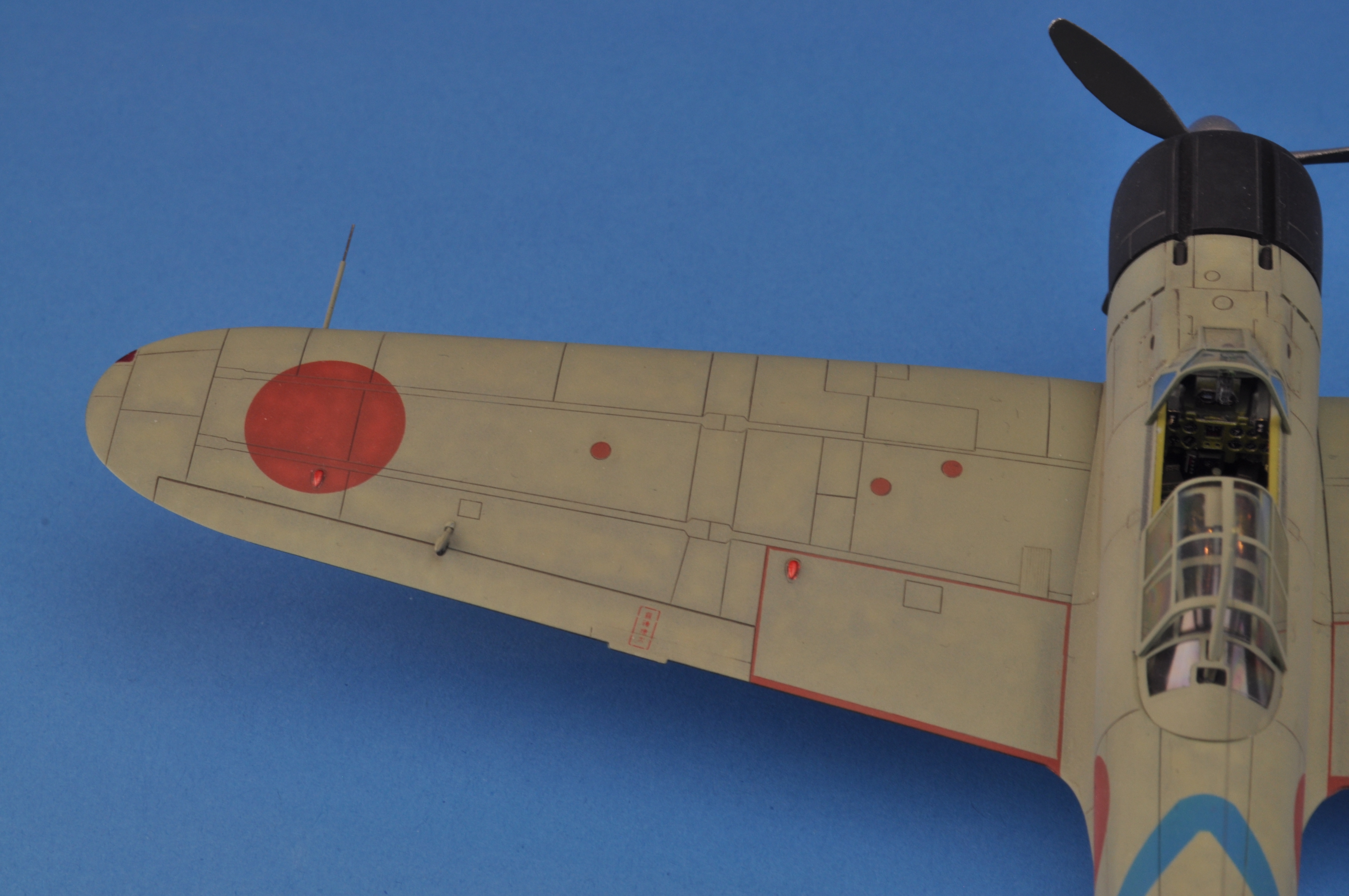Hey all. I've been building my F4U-4 corsair for a few weeks now. I only have a week before school starts, and so far I have already primed my model.

Anyway, I was looking at techniques used by scale modelers, and a lot of them I know what they are.
Black basing, Pre Shading, post shading, paint marbling and paint modulation, just to name a few.
I know that Pre shading is when you darken the panel lines of the plane so that they appear darker, and the panels are lighter. Black basing can be used too, except the panels are marbled with a lighter color.
There's also post shading, which means that shading is applied after the base coat is added (in this case for my model, XF17 Sea Blue), and you would add a lighter version of the base color and then marble it on the panels.
Now my 2 questions are,
Why would someone choose one over the other,
And, what technique should I use for my F4U?
I know that I am a beginner, but I am a bit curious, because you can achieve really good results when done right. Take this Zero for example

And this F4U corsair
